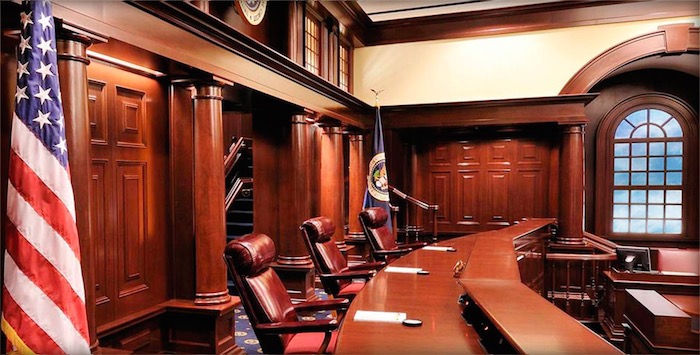IPR Decision Based on a Barely Mentioned Typo Violated the APA Notice Requirement | Knobbe Martens
APPLE INC. v. COREPHOTONICS, LTD.
Before Stoll, Linn, and Stark. Appeal from the Patent Trial and Appeal Board.
Summary: An IPR final written decision based on a party’s brief mention of an error in an expert declaration did not satisfy the notice requirements of the APA, where neither party suggested the error was material or dispositive.
Apple filed two petitions for inter partes review (IPR) of a Corephotonics patent challenging claims related to creating portrait photos by combining images taken by a wide lens and tele lens. In one of the IPRs, Apple argued the claims would have been obvious based on a combination of two references that disclosed differently sized lenses. Apple relied on an expert declaration to argue that scaling the lens of one of the references would meet the size of the lens disclosed by the other reference. Corephotonics briefly noted in a background section of its Patent Owner Response that Apple’s expert declaration contained a typographical error in his scaling calculations, which rendered some data in the expert declaration inaccurate. However, Corephotonics did not mention the typographical error in its non-obviousness arguments and Apple did not address the typographical error in its Reply. The PTAB issued a final written decision finding that Apple failed to meet its burden because of the typographical error in the declaration, along with additional errors that the PTAB identified for the first time in the final written decision.
Apple appealed the decision as violating the Administrative Procedures Act (“APA”). The Federal Circuit agreed and vacated and remanded the decision. The Federal Circuit emphasized that the PTAB is able to set aside technical expert testimony that it finds unreliable or incredible, but that “its explanations must be supported by substantial evidence, and its decisions must be reached only after the parties have been provided fair notice and an opportunity to be heard.” But in the IPR, neither party suggested that the typographical error was material to the patentability of the claims, let alone dispositive. The Federal Circuit found that the PTAB did not provide a reasoned explanation for why it found the typographical error meaningful to the obviousness grounds, and did not address the parties’ obviousness arguments. Further, the parties agreed that the purported additional errors the PTAB identified were not errors. Thus, the Federal Circuit held that the PTAB failed to provide notice under the APA because the parties had no reason to anticipate that the typographical error would become the basis for the final written decision.
Separately, the Federal Circuit also vacated and remanded the final written decision in the other IPR filed against the same patent due to an erroneous claim construction






